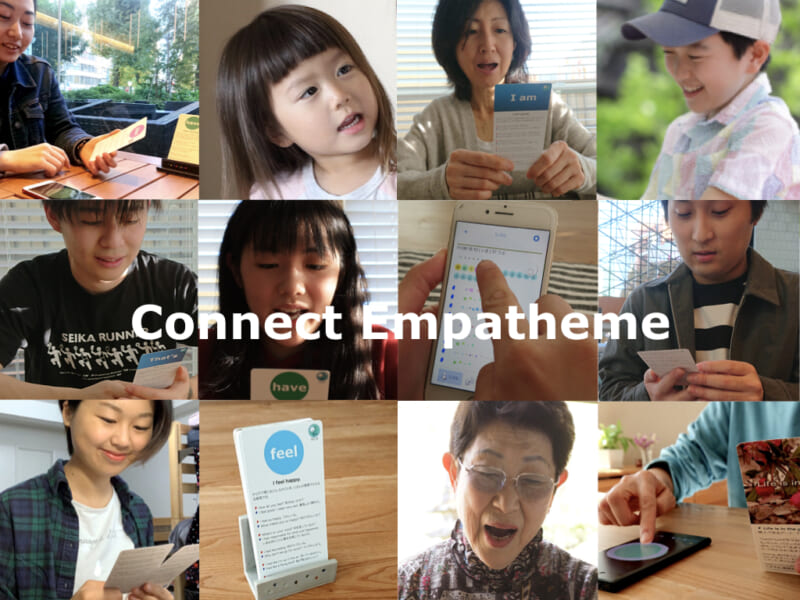Practice Sharing
Practice Sharing Empatheme. You can practice together. You can combine Co-Pra with Your Mi Pra or Ei Pra. You can create your own Co-Pra communities.
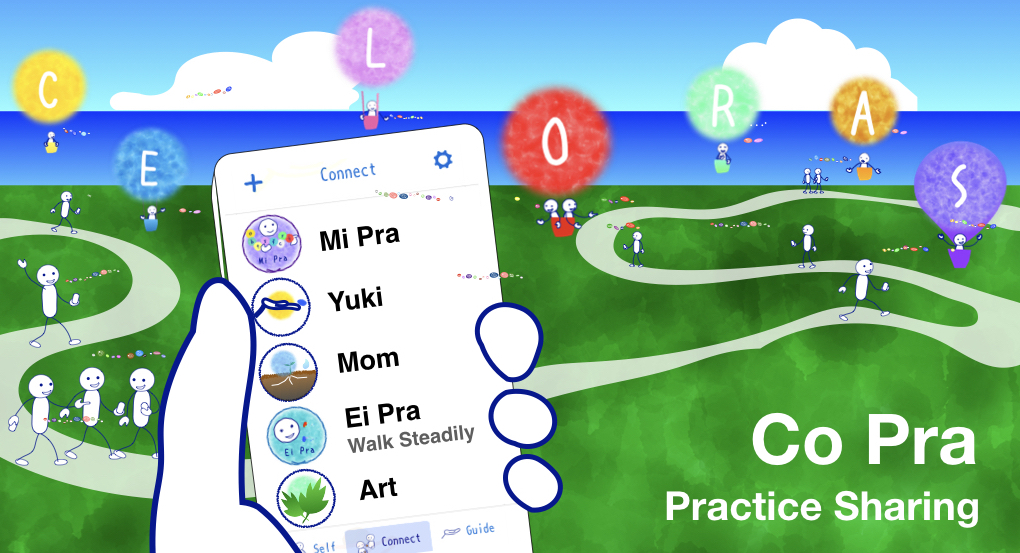
Practice Sharing Empatheme. You can practice together. You can combine Co-Pra with Your Mi Pra or Ei Pra. You can create your own Co-Pra communities.
Co Pra, as in “co” operate or “co”llaborate, provides you a method and environment to “practice together” and “share your practice.”
Mi Pra and Ei Pra are platforms for practicing by yourself and a place for small communications.
The presence of someone who practices together encourages you a lot.
First, you thinking about them leads yourself to ease self-judgment and continue the practice.
Not only who practice something but also who instruct, support, and watch over them are all involved in the practice.
Practicing Mi Pra or Ei Pra as a “group” will support individuals/ practices.
Whether they practice Mi Pra/Ei Pra or not, Co Pra welcomes anyone with any purposes or goals to involve them in the same practice.
You will use the Empatheme app the same way you would use for Ei Pra/Mi Pra, but this time, you will be using it for small communications.

You can use the app in various ways. For example, you can:
・voice chat with your family living apart
・read a book with little children (to practice read it out loud)
・archive memories with your grandparents through their voices
・if you’re an athlete, maintain your mental health through communications with your coach and supporters
・practice English together (teachers can support their students’ practices remotely)
These small communications, actions, and practices nurture your mind and become a habit.
You can also use the Empatheme data or create your own community.
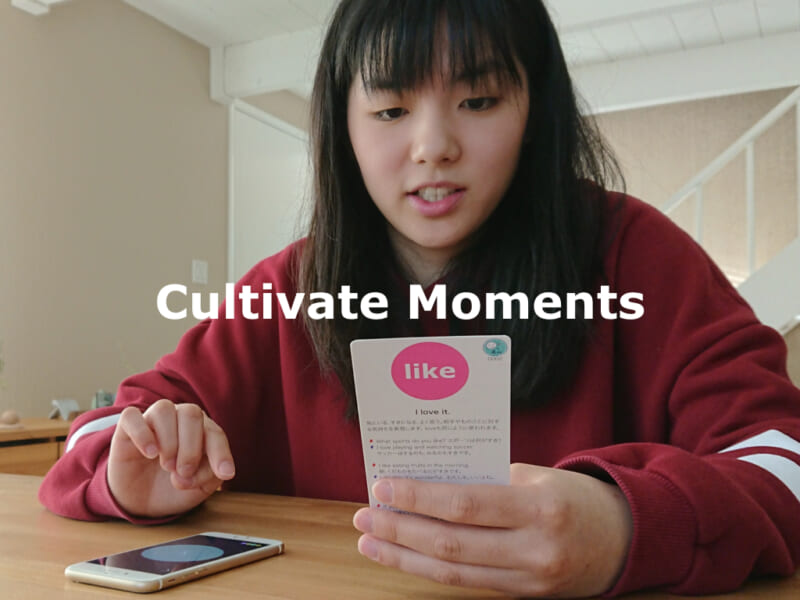
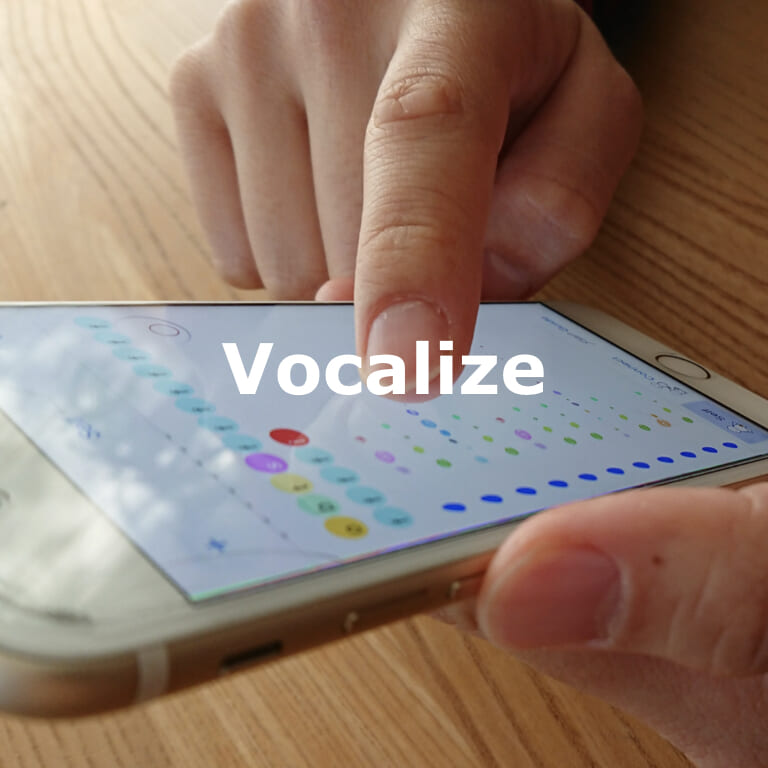
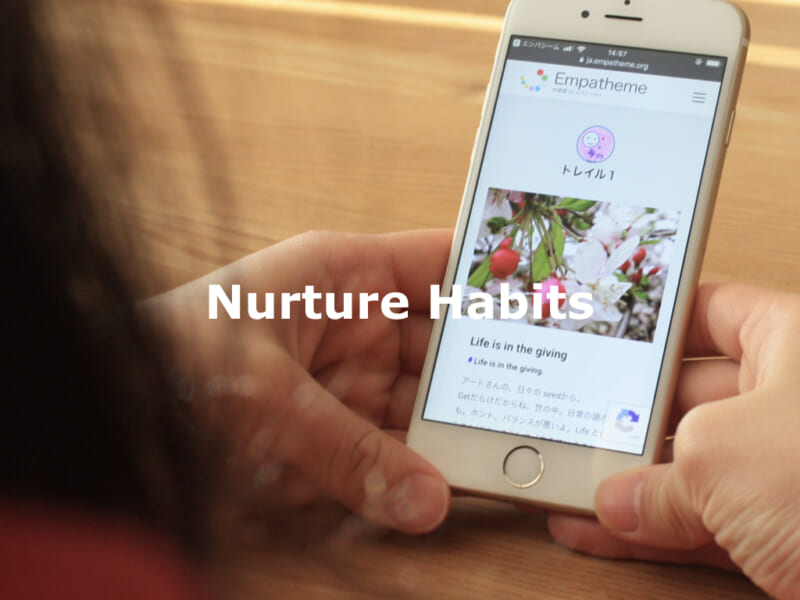
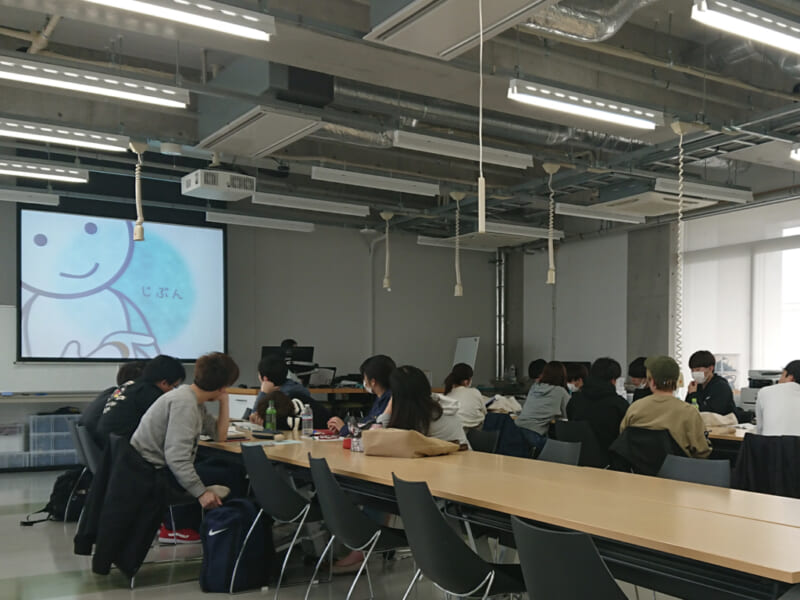
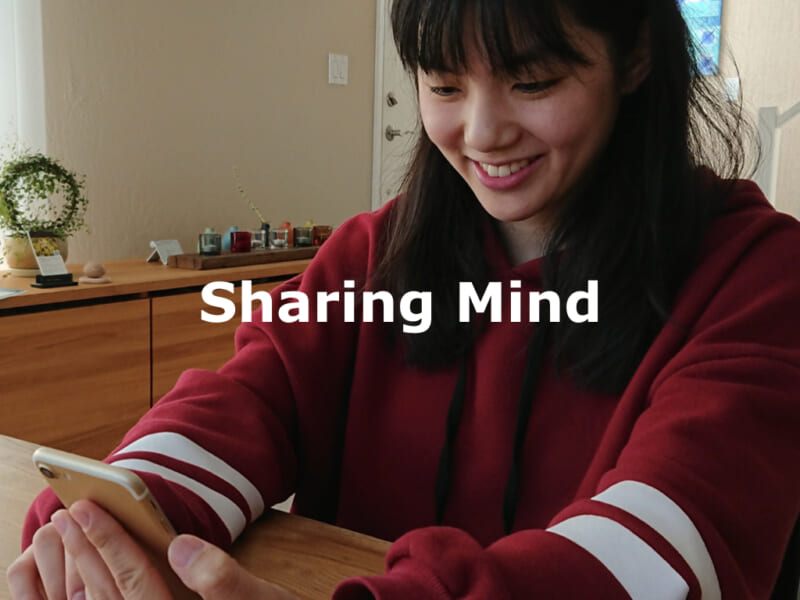
Empatheme Energizes Practice
Ei pra allows everyone to support each other’s English practice using Empatheme. With anyone you’d like to practice with, join the “Walk Together” to share your practice experiences and support each other.
You can see their seeds in your “Connection” of the Empagraph. You don’t need to do anything special. Stay focused on your practice, and feel the people who are practicing along with you too. Empathy arises when there is a comfortable distance.Don’t try gaining anything from others. Instead, try giving a few moments of yours to them and speak up a few seeds. Being thoughtful to others brings along small thoughts to yourself, easing your self-judgment.
We are captive of pressuring ourselves, telling ourselves that we must “do better” and “work harder.” But a mind filled with those self-centered pressures does not help your practice. Instead, a small act of giving your time and sharing your voice will prevent inaction because you have your self-created barrier.How Seed-by-Seed Sharing Works
You can share your seeds with others and exchange some words for talking about them. This conversation is different from SNS. It’s instead an act of snuggling up to each other through the seeds planted by their practices. Then, share inspirations you drew from the seeds. Sharing the same experience of looking back on the seeds is a powerful practice. It reproduces the dialogue in your mind, strengthening the ties of the words in yourself.Share Trail Experiences
You can also interact with people walking along the Ei pra Trail and share your seed experiences. Ei pra serves as a community where participants can walk the Trail together. Ei pra will be an excellent place to learn for everyone, from a learner to a teacher and supporter, through their interactive support.
